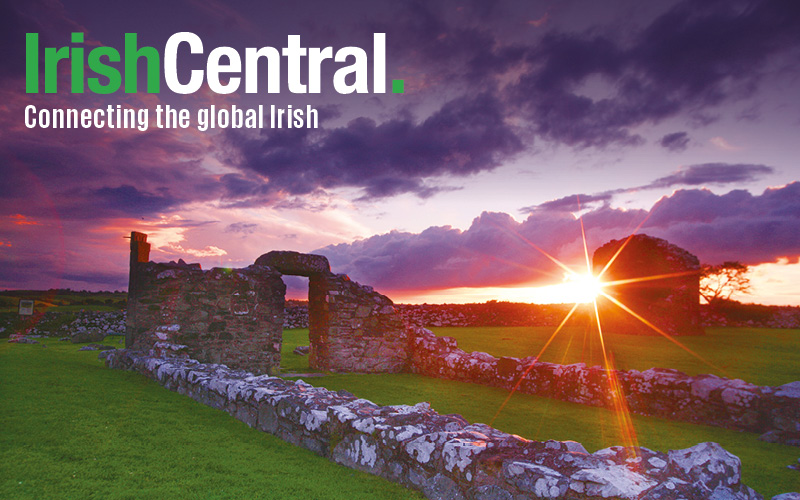Irish groups in Scotland have begun talks on a Famine Memorial to remember the 100,000 who fled Ireland for Glasgow.
The famine memorial in the city would be the first in the country and is backed by Glasgow City Council.
A working group has now begun engaging with interested parties, according to a report in the Irish Post newspaper.
More than 100,000 Irish people settled in Glasgow during the Great Famine of the 1840s when more than a million people fled starvation conditions in Ireland.
The city council announced plans for Scotland’s first Famine Memorial in 2012.
The Irish Post reports that now, almost 18 months later, concrete proposals are emerging as to the form of Glasgow’s Famine Memorial.
The monument will be sited outdoors, close to the city center, and will feature a maze and a permanent museum memorial.
The memorial will also be dedicated to the tens of thousands who came to Glasgow from Scotland’s Highlands and islands during the 1840s Potato Blight that ravaged much of northern Europe.
The council’s Memorials’ Working Group has heard representations from Ulster Scots groups, the Orange Order, the Irish Heritage Foundation and others.
The Rangers Supporters Assembly has also said it will make a donation towards the cost of a project that has ‘the chance to represent the entire Irish community in Glasgow.’
Scottish National Party councillor Feargal Dalton, who originally proposed the idea of a famine memorial, said: “The memorial will recognise events of the 1840s in Scotland and Ireland.
“The memorial is to acknowledge that the famine happened and that it had a massive impact on Glasgow that we still live with today.”
The Glasgow memorial will be similar to those in Liverpool, New York, Boston and numerous other locations around the world, but the Irish Post says this will be the first permanent monument in Glasgow.
Dalton, who was born in Ireland, added, “The famine had a huge cultural and economic impact on Glasgow. New York is probably the only city where the events of the 1840s had such a huge effect on a city.
“While some in Scotland may believe that the potato blight only affected Catholics, there are clearly many who fully appreciate that it affected the poor regardless of their faith.”
The report says that minutes of the city council’s Memorials’ Working Group claimed that the monument ‘would incorporate the positive message of migration now to Glasgow and the aspiration that this would continue to be an open, inclusive and welcoming society.’
The most likely location is on Glasgow Green, and the People’s Palace, close to the city center.
Dalton said, “For me personally it needed to be on city property and outdoors, not tucked away in a corner like a small minority of people wanted.”
Matt Kerr, chairman of the Memorials' Working Group, said, “We will be looking for feedback on the designs from the public and that will be factored into the final decision of the working group.”




Comments